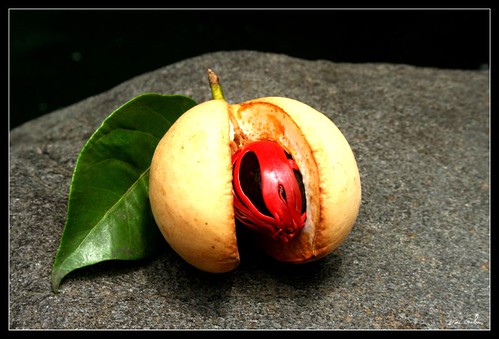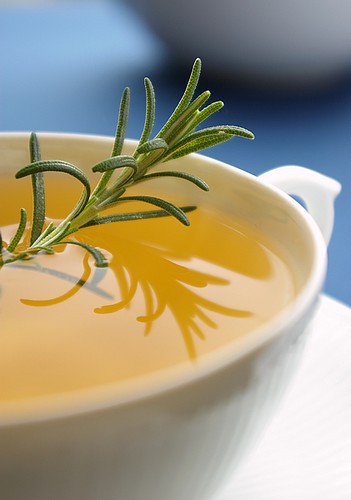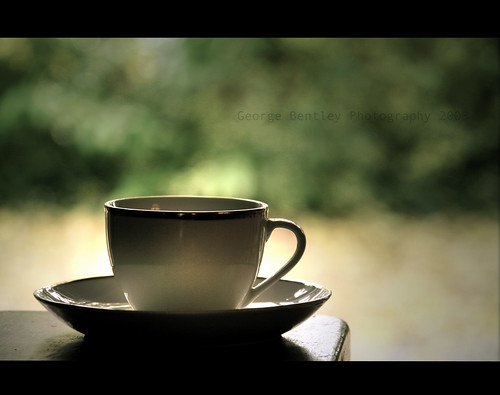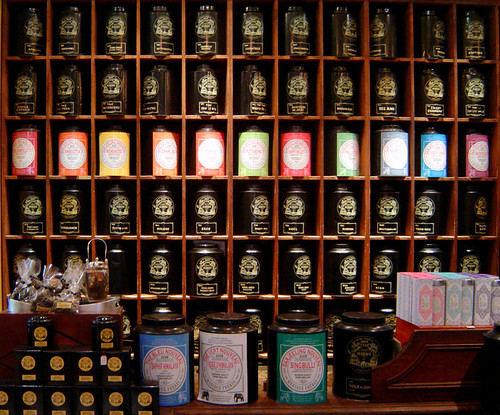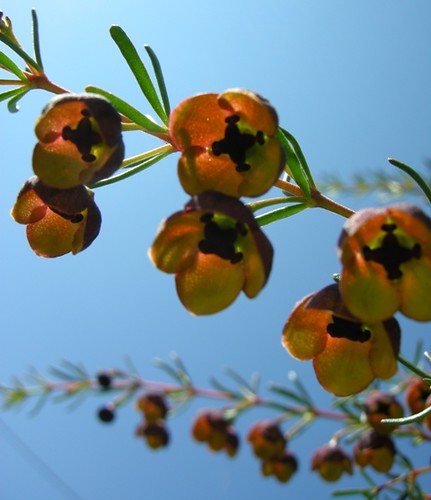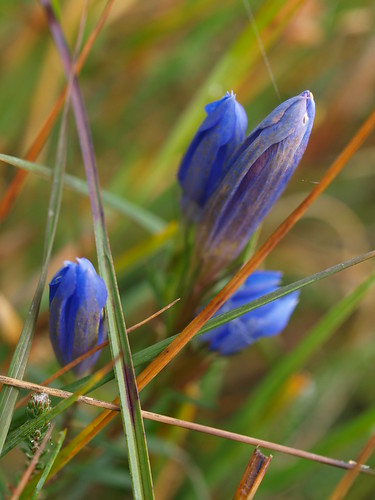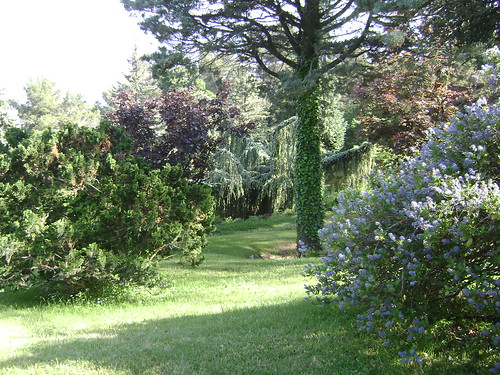 “Je ferai fleurir les pierres et chanter les oiseaux”(I will let the rocks bloom and the birds sing)
“Je ferai fleurir les pierres et chanter les oiseaux”(I will let the rocks bloom and the birds sing) I’ve never really got around to tell you what I did after the rose fields. I will now.
The taxi picked me up from the gate of GIP. It was driven by a lady shauffer, and as soon as I’ve given her the address, she jumped out of the taxi to ask another driver for advice on the route – revealing an attire that most women I know would reserve for a night at the concert hall listening to chamber music or contemplative choir pieces: a black buttoned shirt and a silver brocade skirt with a floral pattern.
On the way I have to admit, I was getting a little nervous. I was about to meet someone whose work and knowledge I admired greatly.
We drove to Carbis, about 20 mintues away from Grasse (traffic permitting) and she pulled off the freeway. There it was, and a metallic art-nuveau sign confirmed I was in the right place. It read: “Atelier Art et Parfum”.
I was a little early for my meeting and the place seemed so quiet it almost seemed as if its inhabitants were having a siesta. I finally found the courage to knock on a little door that had an office sign on it and a lady opened it and told me quietly that Michel will meet me shortly. I noticed an olive tree near the building. I pulled out my camera and than and there my battery, which struggled with death for a few days now finally gave in. This photo you see above is the last of them, which is great – because this way I could focus my attention entirely on my real senses without the camera to “remember” instead of me. Besides – Michel is a far more talented photographer than I, and have captured the beautiful garden that his father has planted and you can find his photographs online.
Now, Michel came down the stairs from the top floor of the Atelier. He was tall and pensive, just like the olive tree I didn’t take photo of, and was just as kind in person as he always seemed in his correspondence and photographs. We walked down the road and a lower level on the other side of the building revealed a lab full of bottles and drums of raw materials; and below it was the garden.
The garden was like no other garden in the world. Parts of it looked like a Japanese garden, and other parts like an the exterior of an Italian villa. The most magical point though, was standing right in front of a little patch of green leaves, which I knew right away were those of lily of the valley. Seeing them, even after the blossoms dried out, made my heart skip a beat.
The flowers were all gone (it was already the middle of May, and these plants need the most tender weather conditions to bloom – it was already too dry by then…). Nevertheless, there was nothing quite more powerful than staring at the patch of green leaves where Edmond Roudnitska planted while he was creating Diorissimo – which was the perfume I worn on my wedding day and one of the very first perfumes I’ve worn. It is told that he would crouch to the ground to study the scent of the flowers in their real surrounding – the dirt, leaves, moss and rocks on the ground… And there I am, standing next to no other then Michel Roudnitska, an accomplished visual and olfactory artist that continued his father’s yet has his very own, unique voice both artistically and from a perfumery point of view.
After we walked around the garden and saw the view of Grasse from Cabris, we went upstairs into the atelier, and sat on the balcony sipping orange juice and discussing what most concerned European perfumers at the time, and the rest of the world would suffer from after – the takeover of our art form by the EU beaurocracy, IFRA and the like. It is so sad to think that oils such as bergamot and oakmoss can no longer smell true to themselves after removing the “allergenic” molecule in them, which are an important part of their odour profile. With all the heaviness of the issue, it was clear to me that although this could make continuing the use of many beautiful natural raw materials in commercial perfumes, the human need to adorn themselves and their environment with pure, beautiful scents will continue, and while the legalities of it may become more complex and cumbersome, people will continue to want to smell good and connect with nature through her smells as they did for thousands of years.
On the mention of Michel’s artwork combining perfume with film, Michel spontaneously offered to screen some of them just for me. We walked to his home, which is right next door to the atelier and facing the beautiful Italian pond and sculpture. On the coffee table there just happen to be a few scent strips with a perfume in progress, which was beautiful, and had a dominant immortelle note (it was in Grasse that immortelle all of a sudden showed its versatile, albeit stubborn side to me, i.e. – beyond maple syrup). And that was also when I first got to smell Eau Emotionelle – a bold, beautiful jasmine contrasted with juicy cantaloupe and delicate violet petals. While preparing for the screening, Michel was also telling me about the vigorous perfumery training that he underwent with his father.
And then the private movie screening began… Michel was both the projector man and the senteur of his own creations. I was shown three pieces out of his 8 short films that make Un Monde En Senteurs (Wolrd Scents), each accompanied by a perfume that is misted in intervals into the atmosphere of the theatre (in this case – Michel’s study within his own home).
http://www.art-et-parfum.com/mondensenteurus.htm
I’ve been fortunate enough to be shown three amazing pieces:
Pangaea – Creation of the World Aboriginal Culture, which was showing imagery of Australia’s nature and aboriginal people, and was scented by a completely natural perfumer that was made entirely of plant essences native to Australia, such as eucalyptus, fire tree and what smelled to me like Buddha wood. I’m no eucalyptus fan, and this film and perfume alone made me not only intrigued by this strange, medicinal plant, but also curious for the first time about Australia’s nature and culture. It was so touching to experience both the scent and the visuals, as well as emotionally charged music (composed by Nathalie Manser).
The second film was called Aquarium – and was visually focused on the Polynesian lagoons and underwater life, beginning with what looked like a perfectly shaped shimmering pearl, and had beautiful flowing movement of dolphins throughout it. The scent for this was dominated by calone and coconut and I have to admit I did not feel too well smelling it and starting coughing a bit… The fragrance is described as “Salty sea-mist on the reefs and dried coprah in the coconut grove” on Atelier Art et Parfum’s website.
The third chapter in the world’s scented story was called Cherokee – and was about the Native Americans in North America. While I expected smoking sage, cedar and sweetgass, It smelled very incensey, rich woody and a little smoky - described as Cedar forests, tujas and tanned hides (Beaver, bear, buffalo).
And like all wonderful things, the visit came to an end with this vignette, and Michel drove me back to Grasse to my hotel and the next day I was back in school “as usual” but felt inspired for months to come.
Labels: Atelier Art et Parfum, Cabris, Cantaloupe, Diorissimo, Eau Emotionelle, Edmond Roudnitska, Grasse, Le Parfum de Thérèse, Michel Roudnitska

